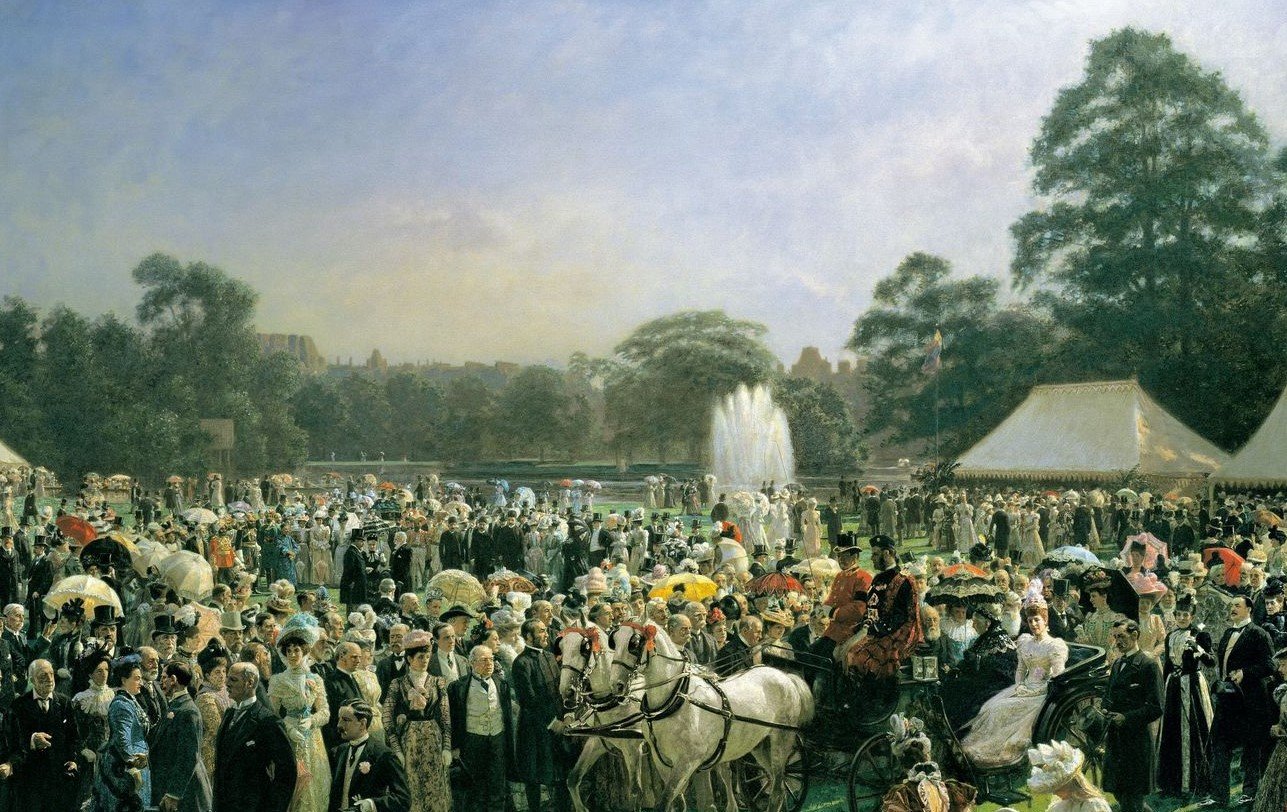
Royal Gardens
Depictions of the gardens at Windsor Castle and other royal residences
Palace of Holyroodhouse Garden
The smooth lawns and herbaceous borders scattered with trees which form the gardens of the Palace of Holyroodhouse today have become the longest-lasting landscape to surround the residence and yet are only just over a century old. The history of the Palace’s grounds is as complex and significant as that of its buildings and occupants. The first human interventions into the landscape were probably motivated by the monastic presence at Holyrood Abbey, built in 1128.
The earliest reference to a royal garden at Holyrood is in 1504, the year after James IV’s marriage to Margaret Tudor. The couple had watched a tournament outside the Palace as part of the wedding celebrations, for which the Scottish court poet William Dunbar wrote The Thrissil and the Rois. Alongside constant botanical allegory the middle verses describe a garden.
Later, the gardens included the royal menagerie where lions, tigers and lynx were kept, as well as a tennis court. The first Botanical Gardens in Edinburgh were sited within the Palace grounds, and in 2020 a physic garden was opened year-round to the public, inspired by the original seventeenth-century physic garden and planted with flowers that would have been grown at the time.
Today, the royal gardens can be visited every day, weather permitting, included with a standard admission to the palace.
Discover the stories behind the Palace of Holyroodhouse's gardens in the Royal Collection by clicking on the items below.







